Knights and chivalry of three centuries. Part of 10. Knights of the Kingdom of Arelat
Louis Jadot "Volne",
I will drink slowly to the bottom
It is to my taste.
Ah, aroma, ah, astringency; Colour,
Like a flashing ruby,
Reveal antiquity secret
From the ancient depths.
(“A glass of Burgundy wine.” Prilepskaya Svetlana)
So it happens in stories of humanity, that there are states in it that appear on its horizon, like a comet, then disappear forever and ever. In ancient times there was such a state of Assyria - "the lair of the lions." The kings of Assyria are not on papyrus, on the stone they perpetuated their victories over their neighbors, the hooves of their horses trampled even the banks of the Nile ... And what, how did it all end? But only by the fact that all the surrounding nations became indignant to her, gathered and “slammed” this Assyria, as a “god of the tortoise,” so that all the bas-reliefs of the destroyed palaces and the clay tablets of the Ashurbanipal library remained from it. Yes ... and a few thousand Assyrians scattered throughout the land, and the dog breed Assyrian Great Dane!
Battle of Kurtr 1302, in the submission of the artist XV. Miniature from the "Big French Chronicles". (British Library, London) Please note that many of the combatants depicted in miniature are armed with Lucerne hammers.
In the Middle Ages, fate was just as severe for many states, and in particular, for the kingdom of Arles, which we began to talk about in our past material. By the Latin name of its capital, Arles, the Kingdom of Burgundy also became known as Arelatat or Arelatite state.
The Cathedral of St. Trofim in Arles is the site of the coronation of the kings of Burgundy.
Independence at that time, as now, depended heavily on natural-geographical conditions. And in this regard, Arlyu was lucky. In the south of its coast was washed by the sea. And the sea is a trade. And first of all with Genoa, Venice and Outrimer. There in the south was the port of Marseille - ancient Marsala, convenient for this in all respects. In the north lay the mountainous Switzerland, and this is wool and meat. And, finally, the south of France - this is Arles and Avignon - the places where beautiful vineyards grew, giving the famous Burgundy, without which no feast at that time could do. All this gave local feudal lords money and a lot of money, which they spent not only on every whim, but also on the best for that time armor and weaponthat came to Arles from both Italy and Southern Germany, the same Augsburg.
Miniature depicting German knights in helmets with helmet decorations. OK. 1210-1220 Thuringia, Germany (State Library of Berlin)
During the XI and until the XII century, the inclusive basis of the Arles army was a typical feudal military squad, assembled on the basis of the system of vassalage and a fledged oath. The custom demanded that the vassal suzerain fought for him for free 40 days. Or - and it happened like that, until he was out of food. And it so happened that a certain valiant baron came to the call with a ham and a keg of wine. In three days I ate it all and drank it and with a clear conscience told my liege lord that he was going back to his castle. And he began to cheat him, offering ... some benefits, money, land, a profitable marriage, in a word, something that might interest him. As in other western parts of the Empire and in Italy, such feudal troops also had to be paid if they were sent outside their own territory.
Today we will again turn to our “good old friends” - effigiyami, and we will see both surviving French effigies and German ones and most importantly Swiss ones. Because in Switzerland there were not only peasants, but also knights, too. Here, before us is the effigy of the French knight Chaurs de Surche in the church of Saint-Gemmies in Nevillette-en-Charnes, dating from the 13th century.
And this is another French effect belonging to the knight Jean de Château, who was buried in the cathedral at Chaumont in 1350.
Its effect is a close-up. And although we say that it is well preserved, but it is “not bad”, but not “good.” They still beat off his nose and spoiled his face. Notice how thin the thread is on the pillow under his head. But note that his mail hood is clearly on his surcoat. Therefore, either a chain mail (hauberk) without a hood is worn under it, or there is a double hood on it and, consequently, a double head protection. And that's not counting, of course, the helmet.

But the effigy of Robert II d'Artois in the Cathedral of Saint-Denis in Paris can be said to be lucky. Although it is possible that it was so restored ...
And just like in other parts of the Empire, this feudal army fell into decay already in the XII century, when they began to rely more and more on mercenaries, although a significant part of the army was still a typical feudal militia. Horse crossbowmen, appeared in the XIII century, were, apparently, the most highly paid professionals, not counting, of course, the "florists" - people despised, terrible, but very necessary military specialty. They were engaged in scattering iron spikes against cavalry and infantry in the way of the enemy. The first were bigger, the second a little smaller. Like a minefield, the places where the thorns were scattered were carefully noted (and marked with secret tags), and the battle itself was tried to be waged so as to lure the enemy onto them. The hoof of a horse, stepping on such a thorn, received such injuries, and he himself felt such terrible pain that he could not ride, and usually immediately reared and dumped the rider. The same thing happened with the infantry, because the leather shoes of that time had a thin sole and could not protect against such thorns. Under the conditions of the then unsanitary conditions, such wounds almost always led to infection of the affected limbs, and the loss of a warhorse for a knight was a real catastrophe. Therefore, it is not surprising that the florists were not taken prisoner, but executed in the most barbaric way - they were hung on a tree, throwing a rope over the genitals.

But finally “the Germans”: Eberhard I von der Mark, 1308, Germany. The peculiarity of this effigy are the chest images of his coat of arms.
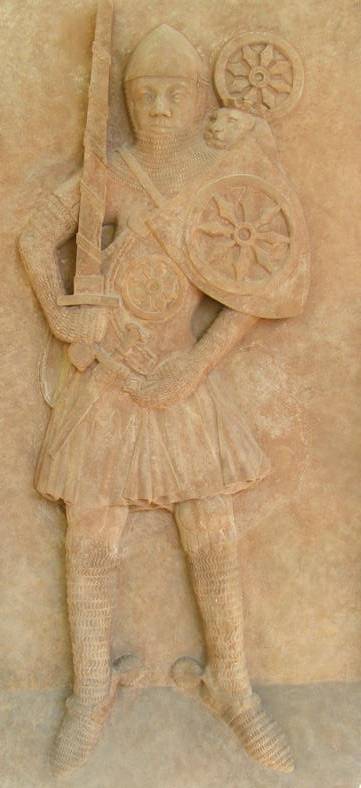
Archbishop of Mainz, mind. in 1340 year. (Museum of Mainz, Rhineland-Palatinate, Germany) This entire coat of arms. His coat of arms is on his helmet, on a surcoat, and on a shield.
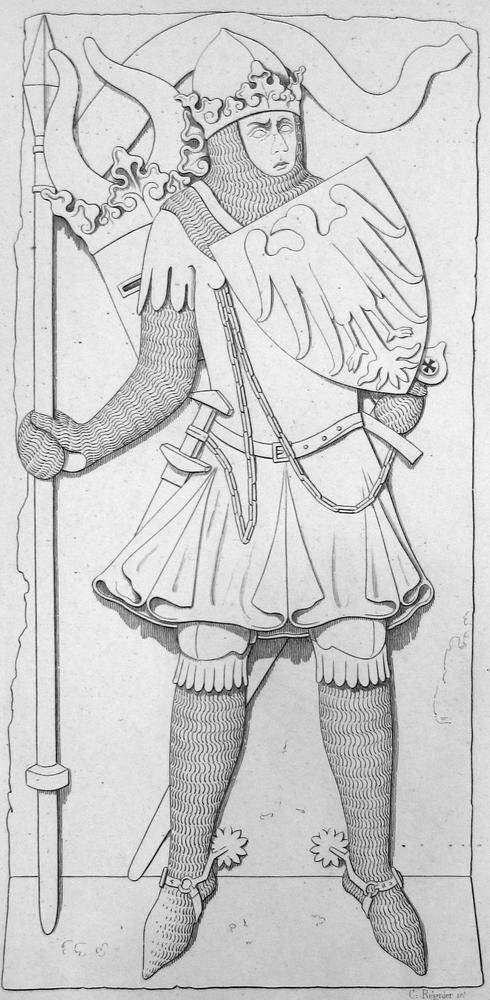
And a knight in a “helmet with horns”: drawing the effect of Ludwig der Bayer, mind. in 1347 year. (Museum of Mainz, Rhineland-Palatinate, Germany)
Again, thanks to the influence of Italy and Byzantium, crossbows began to spread in Arles. The popes forbade these weapons as unworthy of use against Christians. However, the sea was near, and there the Christian ships were lurking on Arab Muslim pirates. Therefore, crossbows were vital weapons on the ships of Provensal, but at the same time among the Swiss, they were not common until the beginning of the XIII century.
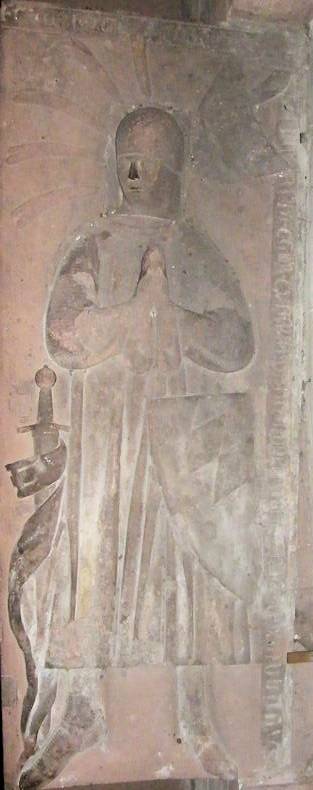
In Switzerland, too, were effigii and they came to our lives. Conrad Schaler Effigy, mind. in 1316 year, and was the burgomaster of the city of Basel.

Effigia Otho de Grandson, mind. in 1382 year. Cathedral in Lausanne. Strange ornaments on his shoulders, most of all similar to ... downy or feather balls, chainmail mittens and his coat of arms depicting the shells of St. Jacob the Compostela, draw attention to themselves.
At the same time, it was precisely the mountain peasants of modern Switzerland that were destined to become one of the most efficient and famous foot soldiers of the Middle Ages. True, not at the time studied, but about a hundred years later. And if at the beginning of the XIV century they relied mainly on a halberd on a long pole, then in the middle or the end of the XIV century a long peak was added to it, so that mixed units of pikemen and halberdists appeared in their troops.
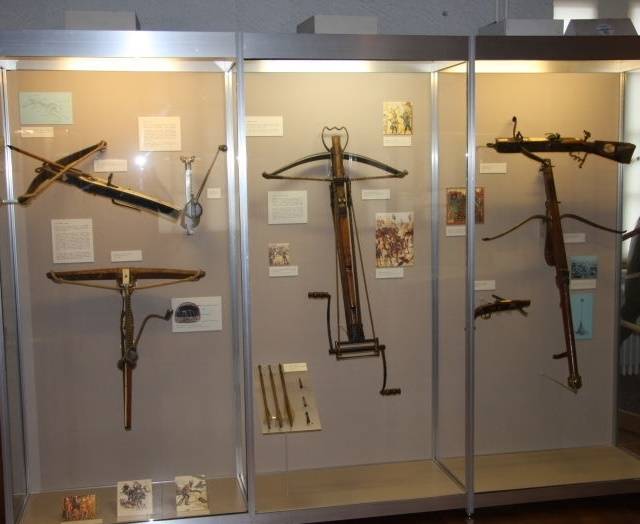
Where can you best meet the crossbows that belonged to the Swiss? Well, of course, in a museum in the castle of Morges, located in 16 kilometers from Lausanne, right on the shores of Lake Geneva.
Another effective weapon of the Swiss was the so-called Lucerne hammer - another kind of war hammer that appeared in Switzerland at the end of the XIV century and was in service with infantry until the XVII century inclusive. The name of this comes from the Swiss canton of Lucerne. And it represented itself a metal pole bound with metal stripes (up to 2 meters long) with the original warhead in the form of spikes about 0,5 m in length with a double-sided hammer at the base. On the one hand, on the hammer there was an edge in the form of a beak (hammer), and the second had the appearance of a toothed hammer (like the crown tip of a tournament spear), in order to stun the enemy and, if possible, to injure him through mail.
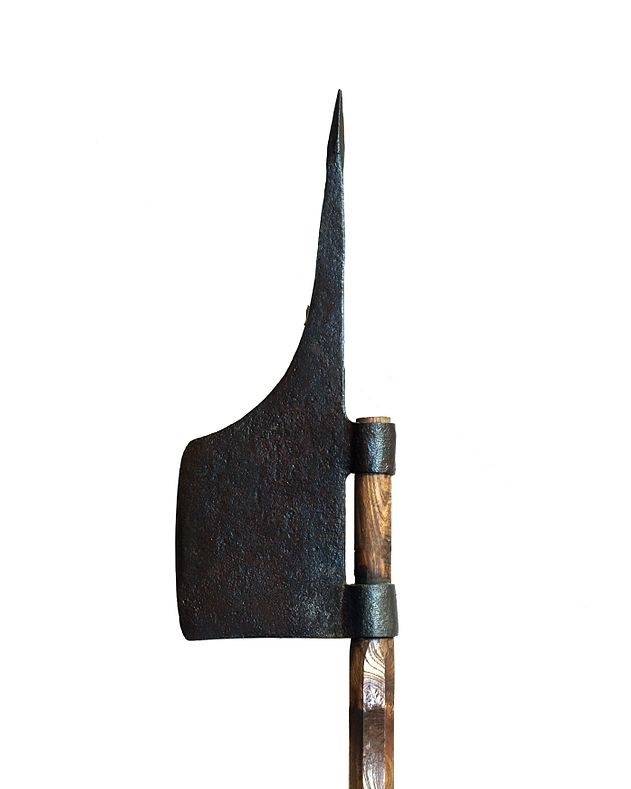
Halberd XIII century. The total length of the 2 meter. Exhibited in a military museum in the castle of Walrus.
One of the earliest halberds of the Metropolitan Museum in New York dates back to approx. 1375 – 1400 Comes from the city of Freiburg. The length of 213, 9 cm, the length of the warhead 45 cm, weight 2409,7 g. Drevo - oak.
Swiss Halberd 1380 – 1430 The length of 194, 9 cm, the length of the warhead 31,8 cm, weight 2040g. The shaft is oak. (Metropolitan Museum, New York)
The first halberds were not too fanciful, as the halberds of the papal guards and court guard known to us. It was a rough and especially military weapon in the form of a flat ax on a long pole, which had a process in the form of an edge directed forward. The name of this weapon comes from the German Halm, "long pole", that is, the handle, and Barte - an ax. Many halberds on the opposite side also had a special hook to pull the riders off their horses. Later, he began to be hammered together with an ax blade and a spear point. Such a weapon was designed just to fight riders dressed in chain mail armor, but it was necessary to be able to handle it, and for this purpose to constantly practice, that is, to deal with military affairs properly.
Pollex was a lightweight version of the halberd and was intended to fight the knights dressed in armor. Often they were armed with city guards, who were on duty at the gates and guarding the lifting grids. In critical situations, if there was no time to lower such a grid, they could simply cut the ropes on which she held her to fall down and block the road to the city.
Thus, by the middle of the XIV century. Burgundy has just declared itself, as a powerful military power and in alliance with the British during the Hundred Years War led the fight against the kings of France. And this was her main mistake, which a hundred years later led to the state of Aretlah to ruin.
Использованная литература:
1.Nicolle, D.Arms and Armor of the Crusading Era, 1050 - 1350. UK L .: Greenhill Books. Vol. 1.
2.Oakeshott, E. The Archeology of Weapons. Arms and Armor from Prehistory to the Age of Chivalry. L .: The Boydell Press, 1999.
3.Edge, D., Paddock, JM Arms and armor of the medieval knight. An illustrated history of Weaponry in middle ages. Avenel, New Jersey, 1996.The Swiss at War 1300 – 1500.
4. Miller, D., Embleton, G. The Swiss at War 1300 – 1500. London: Osprey (Men-at-Arms # XXNX), 94.
5. Nicolle, D. Italian Medieval Armies 1000 – 1300. Oxford: Osprey (Men-at-Arms # XXNX), 376.
To be continued ...
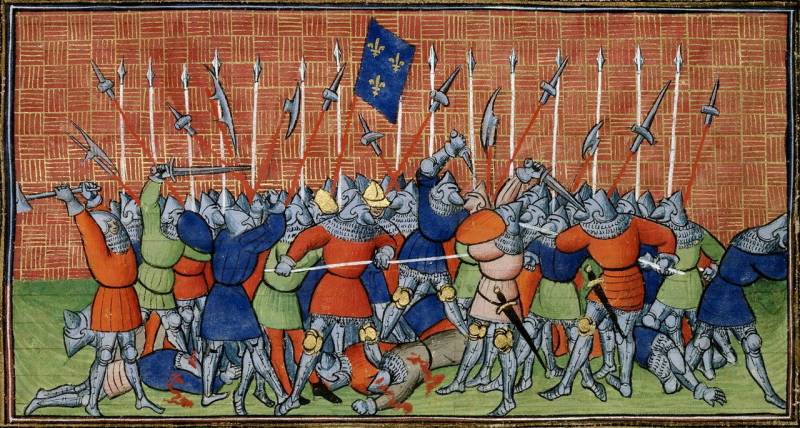
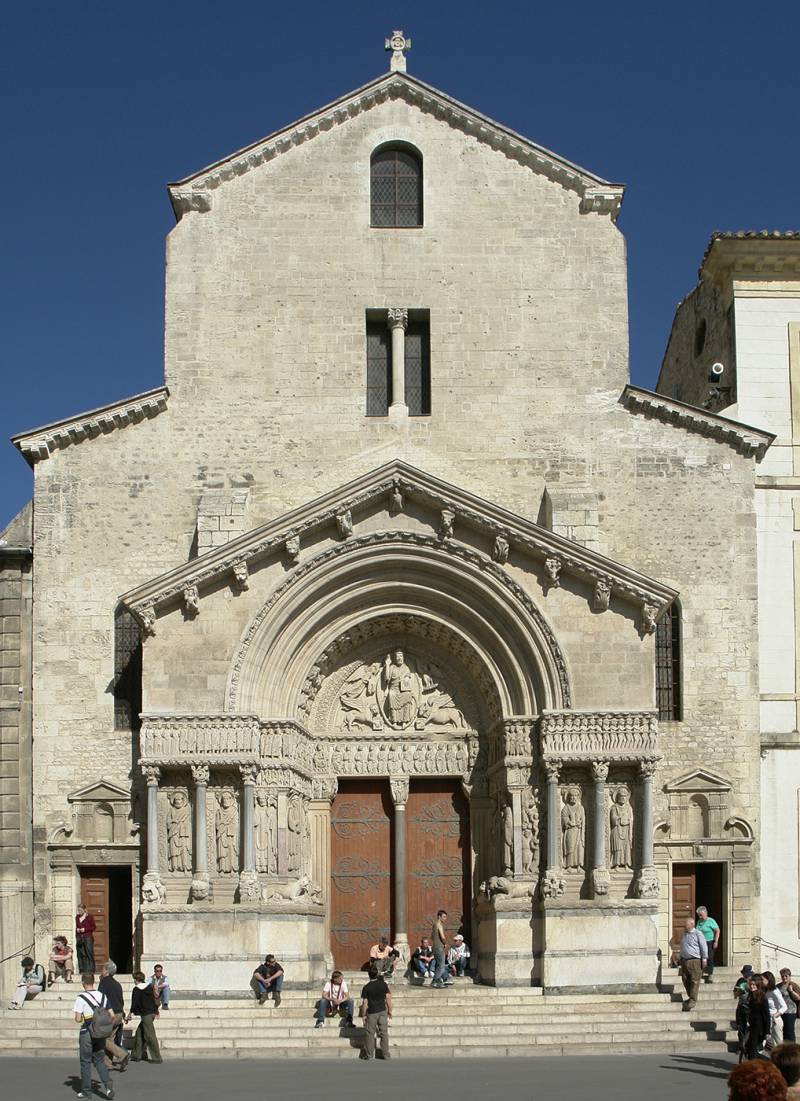
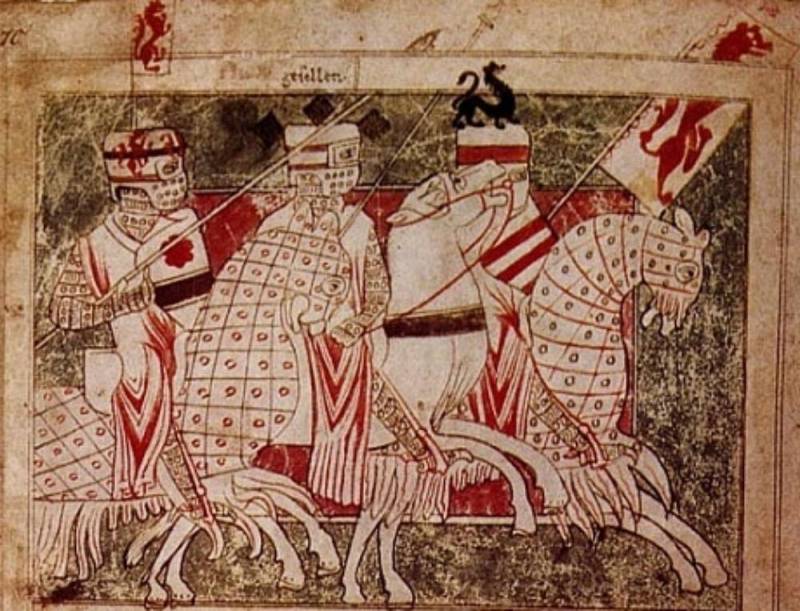

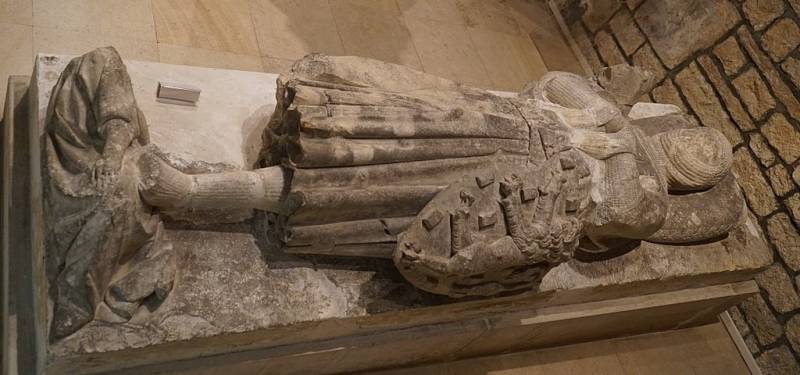
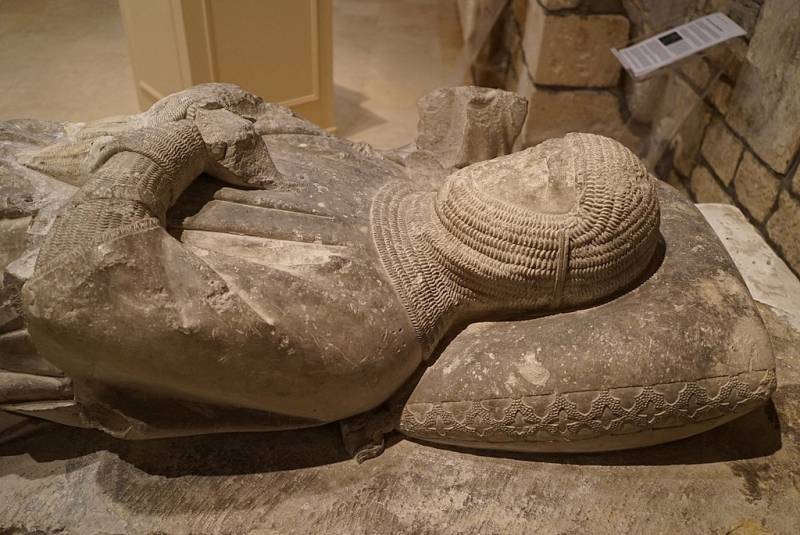
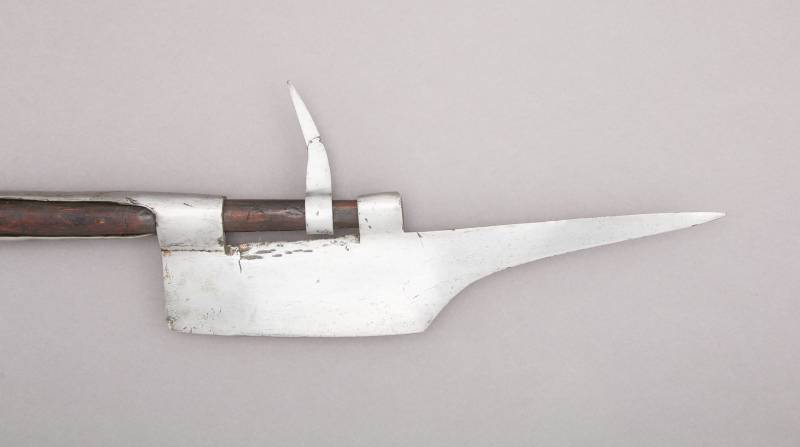
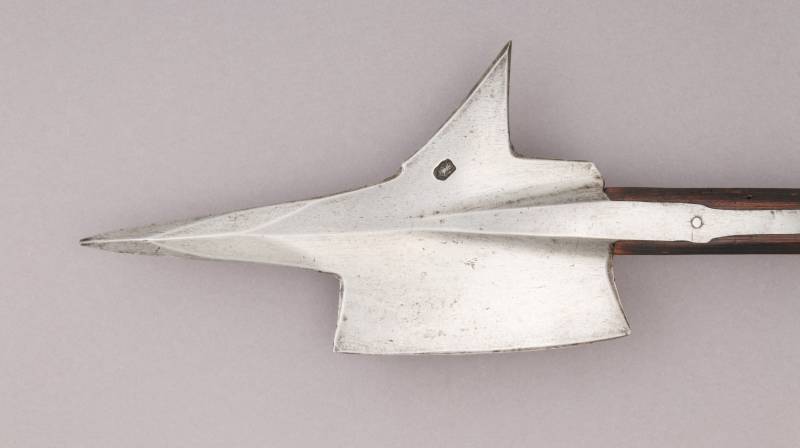
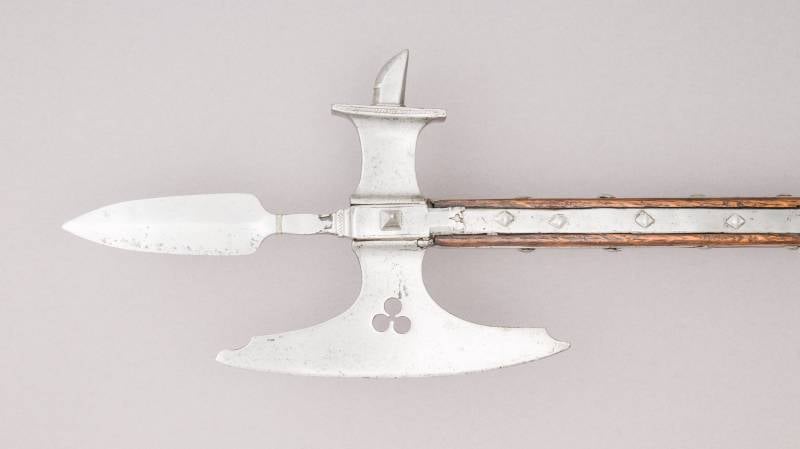
Information